|
I recently wrote that one great goal for creative types (and aren’t we all creative types?) is to follow the 80-20 rule: consume 80% of the time, and create the other 20%.
This is important for two reasons:
You may have noticed that I’m a pretty prolific writer. That means I have to be a very prolific consumer. I’ve read a lot of good books, lately -- among them One Nation Under Therapy: How the Helping Culture is Eroding Self-Reliance, by Christina Hoff Sommers; Girls and Sex: Navigating the Complicated New Landscape, by Peggy Orenstein; and Pour Your Heart Into It: How Starbucks Built a Company One Cup at a Time, by Howard Schultz. These are entertaining, educational reads, and should be added to your summer reading list ASAP. (Unless you want something purely fun – in which case you should check out The 100 Series or The Iron Druid.) HOWEVER. If you want ONE book that will change your life forever, then you need to read Get Up! Why Your Chair is Killing You, and What You Can Do About It, by Dr. James Levine.
I recommend Get Up! for three main reasons.
1.The science is compelling, and could save your life. Dr. James Levine was the first doctor to say, “Sitting is the new smoking.” Indeed, decades of research now show that sitting too much can take years off of your life. Even if you go to the gym every single day. We were designed to sit – occasionally. Like, as a break from our other activities: hunting, gathering, collecting water, tending children, building shelter, grinding acorns into meal, farming, etc. But today, we sit continuously. Our muscles, our cells, our digestive tracts – they weren’t designed to be sedentary all the time. And Levine’s research has examined the effect of sitting on each of these systems. For example! In some of his early research, Levine designed a study in which 16 participants were overfed by 1,000 calories per day for eight weeks. The participants were healthy, did not do purposeful exercise more than twice a week, and maintained a stable weight. They gained between 3-12 pounds. After a thorough investigation, Levine discovered the difference: As tempting as so many people find it to blame obesity on individual laziness and gluttony… The difference wasn’t how often people went to the gym. It wasn’t how much they ate (obviously – everyone was eating the same thing). It was NEAT – or non-exercise activity thermogenesis. How many non-exercise calories were people burning each day? Who was walking to work? Who was vacuuming with a machine vs. with a rumba? Who was moving around more at work, and who spent their day sitting? Who fidgeted more? When it comes to your risk of gaining weight and developing diabetes and other illnesses, NEAT matters a lot more than exercise. This finding was huge – and hotly disputed in the scientific community. When Levine first presented these findings, he was publicly berated by his scientific role model. He received letters and emails mocking his research. But decades later, doctors have realized that Levine was absolutely right. Sitting is killing us. Read more about Levine's crazy cool research in Get Up! 2. If you follow the (very actionable) advice in this book, you will be happier, healthier and more creative. Knowledge is power, and knowing the dangers of sitting is great. The problem is… the world has changed. Not sitting is really hard. And Get Up! offers an engaging and detailed history of how and why. While workers used to be very mobile – farming, assembling, etc. – most work is now done at a computer. This is illustrated beautifully by the evolution of the office chair. What used to be stiff and straight (why would it be anything else, considering the duration of the typical sit?) is now slouchy and cushy, adorned with armrests and casters (so you don’t even have to get up to throw out trash or collect documents from the printer!).
Photo credit: OfficeMuseum.com
Whereas people used to get up to deliver messages to others, they eventually began delivering them from the sitting position, through an intercom. And then phones, and now emails.
Whereas people used to live in cities and walk to work, they now live in suburbs and drive – not just to work, but to everywhere. Whereas entertainment used to take place at the theater, restaurants and other venues, it now takes place inside the home – thanks to Netflix, Amazon Instant Video and the Shut-in Economy. Given all this, how can you reduce your sit time by the recommended two hours and fifteen minutes per day? Well, one of the easiest changes to make is to walk for fifteen minutes after each meal. Seriously, do this. This is probably the most effective way you can prevent diabetes. Why? Every time you eat, there is a big spike in your triglycerides, cholesterol and blood sugar. Which makes sense, right? Because you ate. But. The size of that spike doubles if you sit still after eating. Doubles. Fifteen minutes isn’t that long – and you don’t even have to go that fast. We’re not talking about a power walk, here. We are talking about a 1.1 mile per hour stroll. That’s all it takes! Even if you are so incredibly busy that you can’t spare the time, there are strategies you can use to justify it. Including:
Levine outlines other ideas and suggestions in his book, and I recommend reading them all. Especially considering some of Levine's case studies. His advice has changed lives. Several of his patients reported feeling more energized and creative when they stopped sitting -- and went on to quit their jobs and start their own companies. Several lost a ton of weight, became nicer people, got huge promotions and overcame health issues they’d struggled with for years. In fact! I recently cited one of Levine’s patients in a blog post. She developed a cure for chocolate addiction – and directly credits Levine for liberating her mind and body. Without him, she’d still be chained to her desk. As Levine’s research evolved, he began working with companies, rather than individual patients. Those results are equally astonishing. From his very first project with Salo, his 12-part program was met with incredible success. Among those who participated in the program, cholesterol decreased, plasma triglycerides dropped on average 37 percent, and everyone lost weight. Salo invested time and money in changing their workplace to create happier and healthier workers… and they simultaneously had their most profitable quarter ever while working with Levine. (If you run a company, you should pay particular attention to this chapter – there are a lot of free and cheap ways to make your workplace more active, and it pays to do so. The thing is, there are certain cultural changes that you need to make for a program like this to work. You can't just plop a gym in the middle of your office and expect everyone to get fit and active.)
Salo employees working at treadmill desks -- which Levine invented!
3. Levine’s journey is inspiring, and reading about him will make you a more daring and innovative person.
While reading Get Up!, I often found myself pausing to admire Levine's insight, foresight... and cojones. A decade before Jawbones and Fitbits, Levine was working on wearable technology – he even got a Ph.D. in Electrical Engineering (in only two years!) to complete early versions of his accelerometers (which were worn in “magic underwear” that he also developed). In the early days of the iPod, he won a game-changing contract with Apple – by stripping down to his “magic underwear,” right there on stage in front of all of Apple’s executives. He also invented the treadmill desk – once again, everyone thought he was crazy, and several of his coworkers complained about his original prototype. Today, many workplaces are investing in treadmill, stationary cycling and elliptical desks -- which come at a cost of $299-$1,299. And, most interesting to me, as a college admissions counselor, life coach for gifted youth and psychologist who has spent a lot of time studying the origins of genius… He began doing science research as a middle school student. No one recognized his genius. They thought he was a very weird, very mediocre student. They didn't realize is that the reason his grades were average was because he wasn’t interested in his homework. He was interested in his snails. Every evening after school, he would put his snails, one at a time, on a sheet of graph paper. He would then track and document their movements. He was testing a hypothesis that each snail was innately programmed to move in certain patterns. (A few years later, he had enough data to prove that he was, for the most part, correct.) He had a life-changing moment one day in middle school when he scored an astonishing 180 on a state-issued IQ test – allowing him to transfer to a prestigious high school that actively supported his snail obsession. (Of course, he later revealed the “hack” he used to score so highly. I’ll leave it to Levine to explain.) As a psychologist, I love learning about how genius develops. I’ll give you a hint: it’s never in the classroom. This part of Levine’s story grabbed me, as I'm sure it will grab you. Read it, and share it with all the parents you know. ** Still reading? Good. Now Get up! Get Levine’s book. Read it! Be inspired! Change your life! Perhaps a better suggestion is to do what I did: get the audiobook. That way, you can listen while you walk. :P
0 Comments
Leave a Reply. |
About the Author

Eva is a content specialist with a passion for play, travel... and a little bit of girl power. Read more >
Want to support The Happy Talent? CLICK HERE!
Or Find me on Patreon!
What's Popular on The Happy Talent:
Trending in Dating and Relationships:
What's Popular in Science: Playfulness and Leisure Skills:
Popular in Psychology and Social Skills:
Categories
All
|
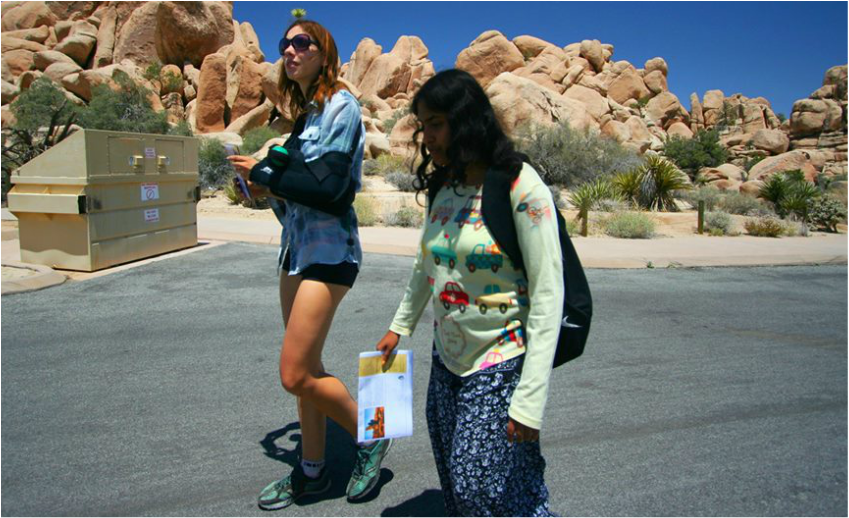
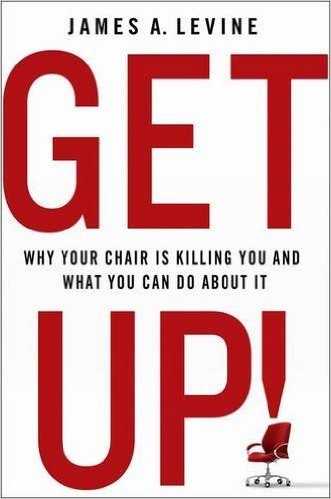
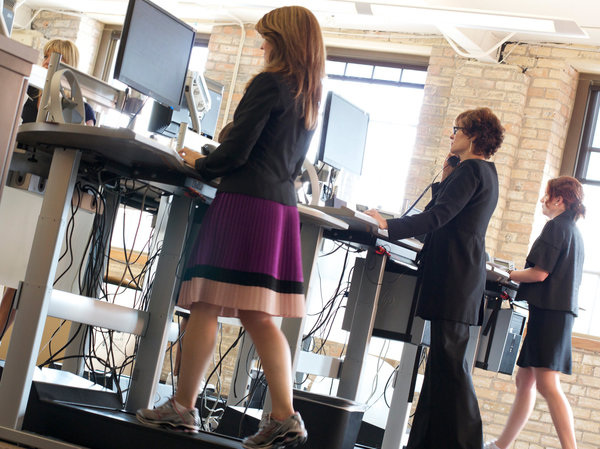













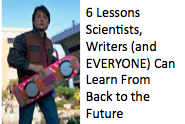












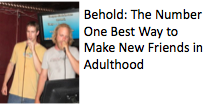
 RSS Feed
RSS Feed